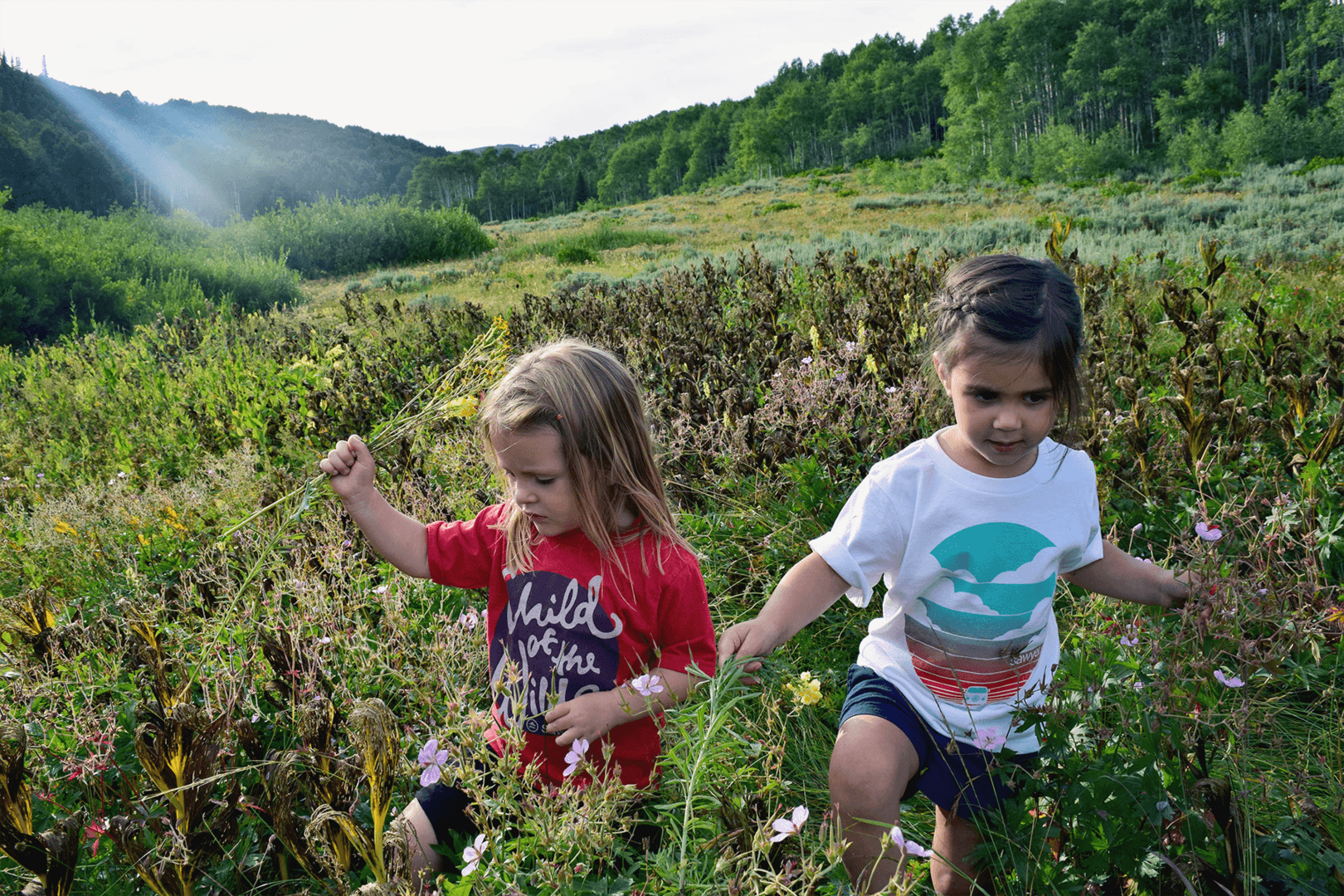You are here
Lyme disease is an infectious disease caused by bacteria primarily transmitted by tick bites. There are many different types of ticks and many different strains of Lyme. The smallest "nymph" ticks (many the size of a poppy seed) are the most concerning, as they are almost invisible to the naked eye and often leave an undetectable bite.
Lyme is the fastest-growing infectious disease in the United States, 1.5 times more common than breast cancer and six times more common than HIV. Lyme disease is prevalent across the entire country, with cases in all 50 states. The Center for Disease Control acknowledges at least 300,000 new cases of Lyme each year, or 824 per day, over 200 of which are children. That's four school buses of children newly diagnosed with Lyme every day.
LymeLight Foundation was founded by two families in California who incurred enormous medical expenses treating each of their daughters suffering from Lyme disease. Grateful for the financial means to provide our daughters with lifesaving medical treatment, we met many parents who were forced to decide between feeding and housing their families or treating their sick children. LymeLight Foundation was founded on the belief that this is a choice no parent should have to make.
Over the years, we’ve learned everything you need to know to prevent tick bites in the outdoors, and what you need to do when you have been bitten. May is Lyme Awareness Month, and these important strategies could help save yours or your children’s life:
Prevention
Before Going Into Nature
• Wear light-colored clothing consisting of long pants and long-sleeved shirts. Tuck your pant legs into your socks. Wear a hat.
• Apply tick repellent. Products containing DEET or DEET alternatives are effective. Lemon eucalyptus and rose geranium essential oils repel ticks and several all-natural sprays are available.
• Products containing Permethrin may be used on your clothing, gear, and equipment.
• Stay in the middle of the trail and away from foliage.
• Don’t sit on logs, lean against trees, or walk through tall grass.
After Going Into Nature
• Perform tick checks on yourself, your children and your pets.
• Focus on hard to reach areas like the scalp and folds and creases of skin.
• If bitten, remove the tick using a tick key or sharp tweezers. If you do not have tweezers, use protective gloves.
• Pull straight up and away from the skin. DO NOT TWIST OR BURN WITH A MATCH.
• IMPORTANT: Save the tick in a plastic bag & contact IGeneX for tick testing.
If You’ve Been Bitten
Watch for symptoms of Lyme disease such as flu-like ailments, chills, lack of energy, or extreme fatigue. Monitor for development of a circular bullseye rash, small bump, or redness at the site of the tick bite.
If the tick tests positive, or you suspect Lyme disease, contact a Lyme-literate doctor (LLMD). Most LLMDs utilize Western Blot testing along with clinical diagnosis.
With an early Lyme infection, antibodies may not have had time to develop in your body. Therefore, an initial blood test may appear negative. Stay vigilant. Many people are asymptomatic, but can develop symptoms months, years, or even decades later. Monitor yourself closely, learn about Lyme disease and trust your body and your gut instinct.
Care
If diagnosed or symptomatic, I cannot stress enough the importance of finding a Lyme-literate doctor to help you on your road to recovery. I recommend visiting International Lyme and Associated Diseases Society (ILADS), Global Lyme Alliance (GLA) and LymeDisease.org to search for a doctor in your state.
When detected in its early stage, Lyme disease can often be treated with a minimum 28-day course of antibiotics. Contrary to many current medical practices, longer regimens are often needed for patients who begin their treatment further into the progression of the disease. Lyme bacteria can adapt within the body, escape immune recognition, and become resistant to the antibiotics.
The Great Imitator
Lyme disease is often referred to as "the great imitator." Many symptoms mimic other conditions like fibromyalgia, arthritis, chronic fatigue syndrome, Bell’s palsy, ADD, MS, and lupus, leading to a high rate of misdiagnosis—or, worst-case scenario, no diagnosis at all.
If undetected and untreated, Lyme bacteria replicates, and the disease progresses into its late stages, becoming chronic. Treatment for chronic Lyme is prolonged and complex. Patients often require years of intensive conventional and alternative therapies to fight the infection, recover immune function, and gain strength. Critically, most treatments for Lyme disease are not covered by insurance.
Be Cautious, Not Fearful
Being in nature is good for the mind, body and soul. I follow the mantra: Being forewarned is forearmed. We should be aware and cautious of our surroundings and come prepared. My family applies natural tick repellant just like sunscreen. We dress appropriately, stay in the middle of the path when hiking and avoid brushing up against bushes. We also do tick checks every time we come in from being outdoors. Small, but calculated changes can make all the difference.
About LymeLight Foundation
While many Lyme foundations focus on research and awareness, LymeLight is the only foundation in the nation with the core mission of funding significant medical treatment grants to children suffering from Lyme. We have distributed over $4.3 million, to 687 children, across 48 states. Our recent annual Dart for Art fundraiser had its most successful year yet, netting over $225,000 for children in need—that's 23 full treatment grants!
For more information, or to get involved in our mission, visit lymelightfoundation.org.





Comments
Sign In and share them.